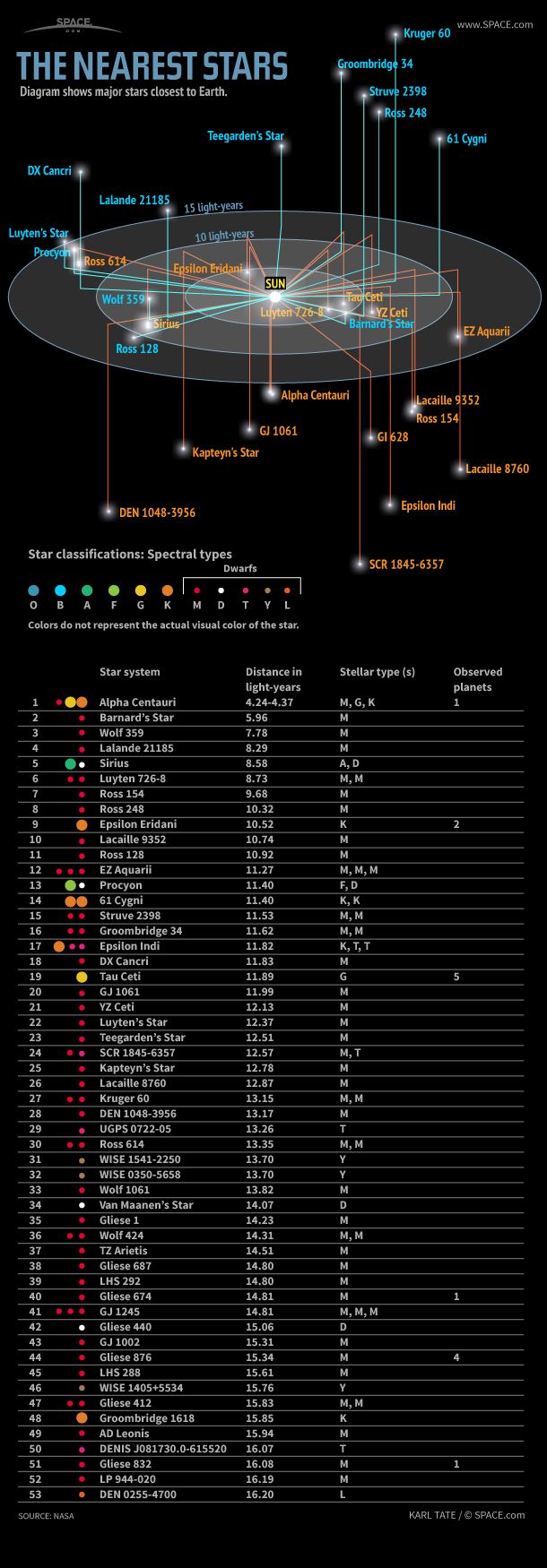https://www.universetoday.com/165380/the-galactic-habitable-zone/
"
The Galactic Habitable Zone
Our planet sits in the Habitable Zone of our Sun, the special place where water can be liquid on the surface of a world. But that’s not the only thing special about us: we also sit in the Galactic Habitable Zone, the region within the Milky Way where the rate of star formation is just right."
"...a steady, long-lived Sun, free of the overwhelming solar flares that could drown the system in deadly radiation, providing over 10 billion years of life-giving warmth. Larger stars burn too bright and too fast..."
"...the other end of the spectrum sit the smaller red dwarf stars, some capable of living for 10 trillion years or more. But that longevity does not come without a cost. With their smaller sizes, their fusion cores are not very far from their surfaces, and any changes or fluctuations in energy result in massive flares that consume half their faces – and irradiate their systems."
"...our neighborhood in the galaxy, on a small branch of a
great spiral arm situated about 25,000 light-years from the center, seems tuned for life: a Galactic Habitable Zone."
"Too close to the center and any emerging life must contend with an onslaught of deadly radiation..."
"...at greater galactic radii, we find
a deserted wasteland. Yes, stars appear and live their lives in those outskirts, but they are too far and too lonely to effectively spread their elemental ash to create a life-supporting mixture."
-
The Milky Way galaxy is approximately 13.6 billion years old. The Sun is about 4.6 billion years old (roughly 1/3rd the age of its galaxy). Earth is estimated to be 4.5 billion years old, nearly the same age as our Sun. Life is thought to have started 3.7 billion years ago. Homo Sapien first showed up approximately 2 to 300,000 years ago.
From a Galactic estimation, life wasted no time at starting as soon as Earth settled down enough. Really, it seems almost instantaneous. The moment the crust solidified and the ocean formed, life grabbed ahold. That means, in 3.7 billion years of life on Earth, humans evolved after 3.67 billion years. Human-level intelligent life either evolved at an average, ordinary, unremarkable rate, out of the first single cells that floated around 3.7 billion years ago, or we evolved faster than likely or much slower than possible.
What do we suppose the extremes are for the evolution of life? How much time does life need to blossom into a global civilization that is on the edge of real space travel?
Within our special Galactic Habitable Zone, most of the stars that might have a planetary system orbiting them are likely the same approximate age with planets similarly related. Considering how quickly life began on our planet after it settled, life must have begun on nearly
all of the ones that have a similar makeup. Perhapse rare, but certainly not few. That Habitable Zone is enormous and populates with millions of stars.
If life can evolve at faster rates, given a similar history of astronomical events, there may be plenty of more advanced intelligent life in our galaxy. However, if we have evolved at an extraordinary rate in the last 3.7 billion years, there may be very few, if any planets with human level life or higher. Ours being the only data point we have at the moment, it wouldn't be all that surprising to discover no other intelligent life has made it the 4 plus light years or more to find us.
Alpha Centauri has a G-type star and 1 observed planet. That's our closest neighbor. The next G-type star is Tau Ceti, 11.9 LY away with 5 observed planets.
https://www.space.com/18964-the-nearest-stars-to-earth-infographic.html
How many years away from space travel to Tau Ceti are we? Can such a thing be done without time travel? Is it reasonable to expect 1/2 light speed space travel in the next thousand years or so?
If we are looking at our evolution as an average over 3.7 billion years, and our current expectations of technological evolution is likely to take us to neighboring stars within the next couple thousand years, it really isn't that absurd to think there are others who are a mere few thousand years ahead of us. That's no time at all in the great Galactic scale of the evolution of life. I'm guessing the stars out here, this distance from the center of our galaxy, are within a few thousand years of each other in age. Some older, some younger, but there seems like a very very very high likelihood that life has been blossoming around those other stars for just as long. Intelligent life, on the other hand, it's likely to be very young across the galaxy. We may have to wait until we are able to travel to them.
-Will






